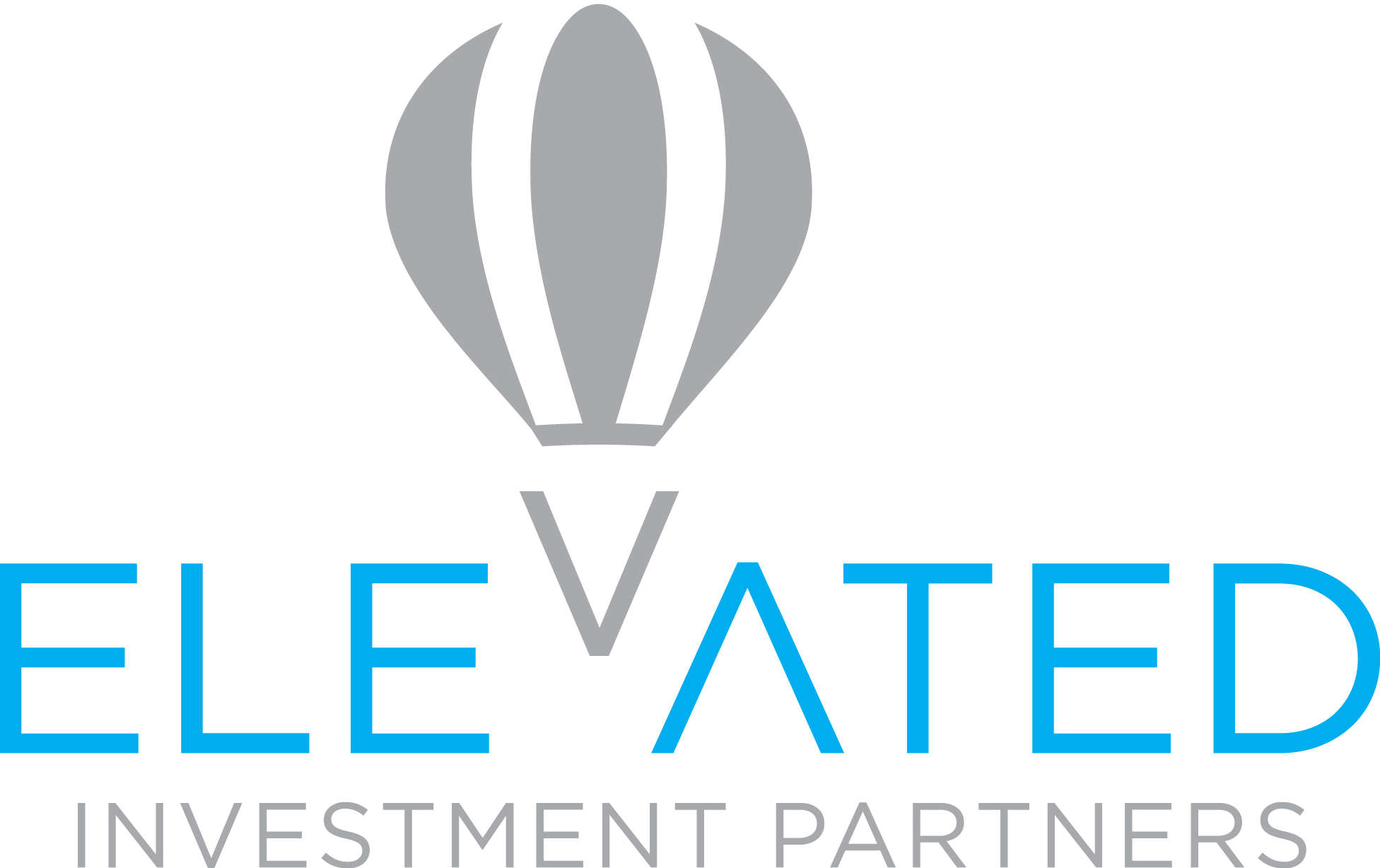In 2025, 401(k) plan sponsors should be mindful of several key areas to ensure compliance and optimize the benefits for their employees. These areas include new requirements, updated contribution limits, and expanded participation opportunities. By addressing these components, plan sponsors can create a more robust and effective retirement plan for their employees.
Automatic Enrollment: With the new requirement for automatic enrollment in newly established plans, sponsors need to ensure they are set up to enroll employees at the correct contribution rates and manage opt-out processes efficiently. This automatic enrollment helps increase participation rates and ensures that employees start saving for retirement early.
Enhanced Catch-Up Contributions: Plan sponsors should update their systems to accommodate the new higher catch-up contribution limits for participants aged 60 to 63. This change allows older employees to contribute more towards their retirement savings, helping them to better prepare for retirement.
Part-Time Employee Participation: Ensuring that part-time employees who meet the new eligibility criteria are included in the plan is essential. These employees should have access to the same benefits as full-time employees, promoting fairness and inclusivity within the organization.
New Retirement Savings Database: Plan sponsors should be aware of the new retirement savings database and ensure that their plan’s information is accurately reported and accessible to employees. This database helps individuals find and recover “lost” retirement accounts from previous employers.
Withdrawal Provisions: Understanding new rules around various types of withdrawals is essential. These include hardship withdrawals, emergency withdrawals, domestic abuse-related withdrawals, and adoption-related withdrawals. Each of these provisions has specific criteria and implications for plan participants. Plan sponsors should ensure that participants are fully informed about these options, the circumstances under which they can access their funds, and any potential tax consequences. Providing clear guidelines and support will help participants navigate these potentially complex situations.
What Hasn’t Change.
Compliance and Reporting: Staying up to date with any changes in IRS regulations is crucial for plan sponsors to avoid penalties. Ensuring that all reporting requirements are met will maintain the plan’s compliance status and protect both the sponsor and participants. Regular audits and reviews of plan operations and documentation can identify and rectify any compliance issues before they become problematic. Plan sponsors should also be proactive in seeking guidance from legal and financial experts to navigate the regulatory landscape effectively.
Investment Options: Continuously reviewing and updating the investment options offered within the plan is vital to meet the diverse needs of participants. A well-rounded selection of investment choices can help participants build a robust and diversified retirement portfolio. Plan sponsors should evaluate the performance of existing investment options and consider introducing new ones that can offer better returns or align with the evolving preferences of participants. Providing tools and resources to help participants understand and manage their investments will enhance the overall effectiveness of the plan.
Participant Education: Ongoing education and resources are key to helping employees understand their retirement plan options, contribution limits, and the benefits of saving for retirement. Plan sponsors should invest in educational programs, workshops, and online resources that cover various aspects of retirement planning. By offering personalized guidance and support, sponsors can help participants make informed decisions that align with their financial goals. Encouraging a culture of financial literacy within the organization will also foster greater engagement and participation in the 401(k) plan.
By focusing on these key areas, plan sponsors can help ensure their 401(k) plans are compliant, effective, and beneficial for their employees. In a dynamic regulatory environment and a diverse workforce, proactive management and clear communication are essential. Plan sponsors who prioritize these aspects will not only meet regulatory requirements but also enhance the overall retirement readiness of their employees, contributing to their long-term financial well-being.
